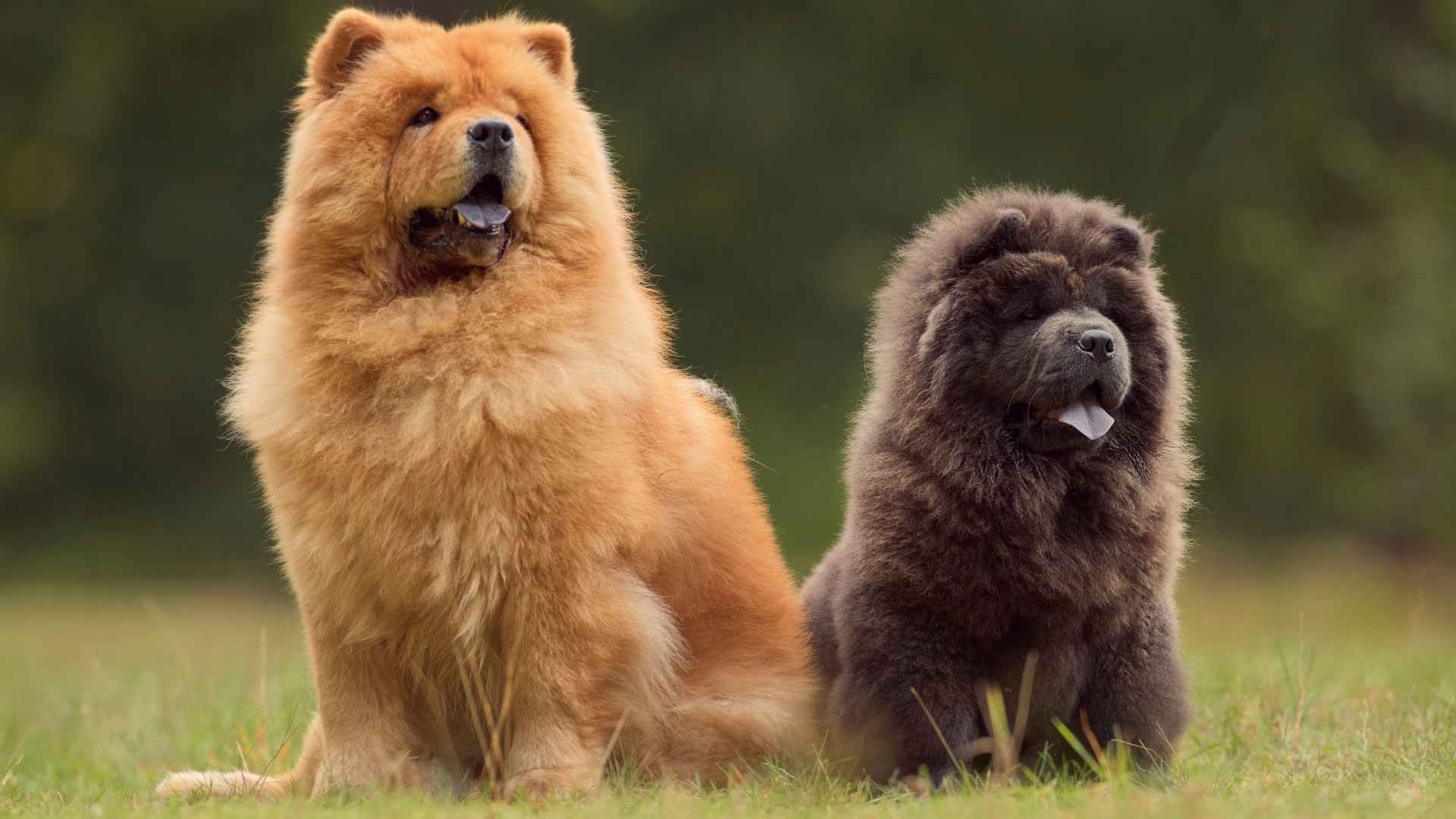Dogs have walked beside humans for thousands of years, evolving from wild wolves into loyal companions, skilled hunters, and trusted guardians. While the exact moment of domestication is still debated, ranging from 40,000 to even 130,000 years ago, one thing is certain: some dog breeds have endured through the rise and fall of civilizations, adapting and thriving across the ages. These ancient breeds are living links to our shared history with man’s best friend.
From the sands of ancient Egypt to the snowy mountains of Tibet, nearly every corner of the globe has a breed it proudly claims as one of the oldest breeds. These dogs weren’t just pets, they were hunters, herders, guards, and companions, shaped by necessity and survival. Their intelligence, independence, and resilience allowed them to stay relevant across generations.
In a world where new breeds emerge regularly, ancient dogs remind us of where it all began. Let’s explore the remarkable canines that have truly stood the test of time and still grace our lives today.
Ancient Dog Breeds
1. Saluki
With a grace that mirrors ancient nobility, the Saluki stands out as one of the world’s oldest surviving dog breeds. Its slender frame, swift legs, and regal bearing have captivated kings, emperors, and pharaohs for millennia.
This sighthound isn’t just beautiful, it’s built for speed and stamina, originally developed to chase down game across deserts and rugged terrain. The AKC describes the Saluki as a noble, calm, and independently spirited breed. Despite its independent nature, the Saluki forms deep bonds with its humans and remains a gentle, loyal companion when given the space and stimulation it needs.
History
The Saluki’s origins stretch back as far as 7000 BC, with carvings and depictions found in the ancient civilizations of Sumer and Egypt. These elegant hounds graced tomb walls and temple art, symbolizing their esteemed role in early society.
Known at one time as the “Persian Greyhound,” Salukis were favored by Egyptian pharaohs and even Alexander the Great. Remarkably, their appearance and temperament remain largely unchanged, a true testament to their enduring legacy.
Fun Fact: These purebred dogs were such treasured companions that they were often mummified and buried alongside Egyptian nobility.
2. Basenji
Among the most unique and ancient dog breeds, the Basenji is easily recognized by its upright ears, curled tail, and silent demeanor. WebMD notes that Basenjis are often referred to as the African barkless dog due to their African origins and lack of barking, though they do produce other vocalizations.
While they may not suit every household, those who own them are typically very devoted to this distinctive breed. Independent and intelligent, Basenjis are known for their cat-like grooming habits and reserved nature. Their sleek, athletic build made them invaluable to African tribes for hunting and pack work, and their adaptability helped them thrive for thousands of years.
History
Originating around 6000 BC in the Congo region, the Basenji is considered a basal breed, existing long before modern breeds emerged. Ancient artwork from Egypt, Babylon, and Mesopotamia features dogs strikingly similar to the Basenji, often depicted as companions to pharaohs and hunters along the Nile.
Believed by some to have inspired depictions of Anubis, the canine-headed Egyptian god, their image and function endured through the rise and fall of empires. Though nearly forgotten in the West, their eventual introduction to England and the U.S. sparked a quiet but passionate revival among devoted enthusiasts.
Fun Fact: Basenjis groom themselves like cats and require minimal brushing, just a weekly rub to maintain their sleek coats.
3. Akita Inu
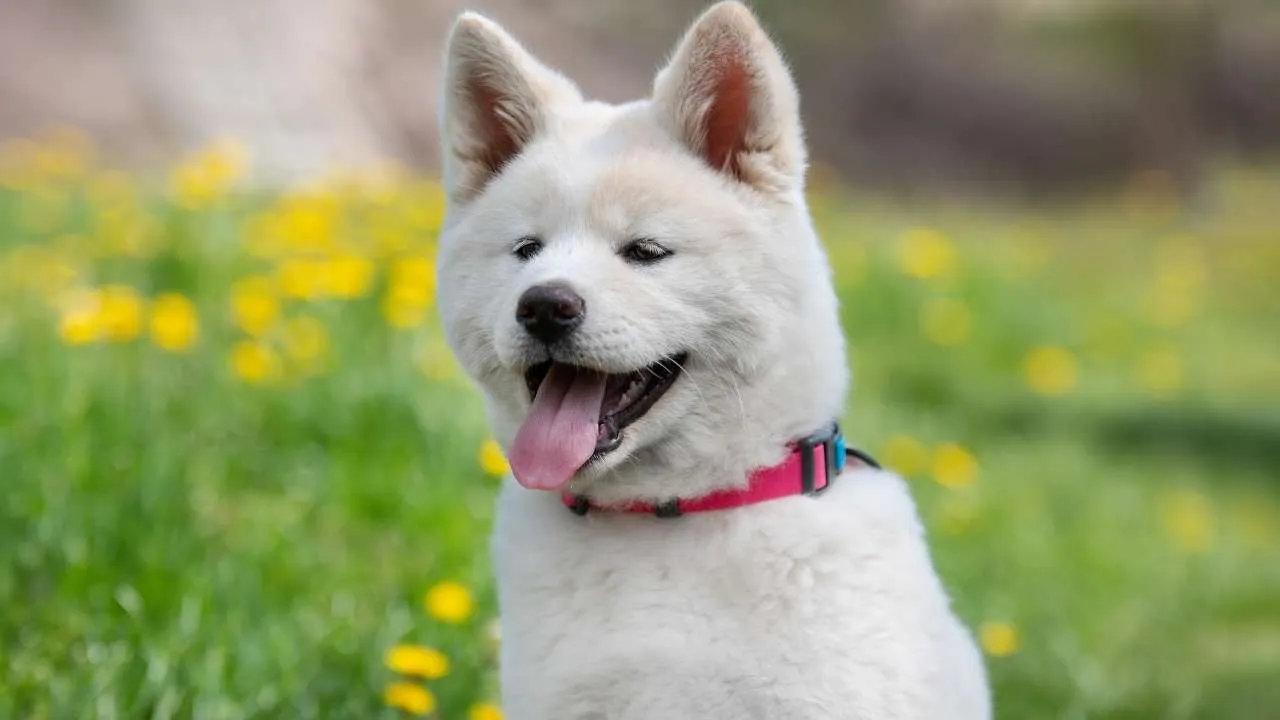
Powerful, noble, and deeply devoted, the Akita Inu is a striking representation of Japan’s ancient canine heritage. With a sturdy frame, plush double coat, and an expression that blends dignity with quiet intensity, this breed has long stood as a symbol of strength and loyalty.
Known for their independence and protective instincts, Akitas thrive when given a purpose, be it hiking through cool terrains or simply watching over their family. PetMD states that the Akita, known for its pride and confidence, thrives in households with experienced dog owners. Their calm presence masks a fierce loyalty, making them both noble companions and formidable guardians.
History
This guard dog’s lineage traces back to Japan’s Matagi-Inu, a primitive hunting dog believed to have lived between 8000 BC and 200 BC. Though smaller in stature, these ancestral dogs laid the foundation for the Akita Inu we know today.
Over time, the breed evolved into a robust hunting and working dog, eventually earning cultural reverence in Japan. Today, the Akita is honored as a national monument and is often gifted in statue form to represent well-being and protection.
Fun Fact: The legendary Akita named Hachiko waited every day for nine years at a train station, showing unwavering loyalty to his deceased owner.
4. Afghan Hound
The Afghan Hound is a striking representative of ancient canine lineage. Purina describes the Afghan Hound as a graceful and regal-looking breed, known for its proud stance and flowing, silky coat that adds to its elegance.
Originally bred to navigate Afghanistan’s harsh mountainous terrain, this breed’s independence, agility, and hunting instinct remain strong today. Though often reserved with strangers, Afghan Hounds form affectionate bonds with their families and even show flashes of clownish playfulness once comfortable.
History
This breed’s history dates back to 4000 BC the Afghan Hound, once known as the Tazi, is among the most ancient dog breeds of sighthound. Genetic studies suggest they are a basal breed, showing minimal divergence from early wolves. These dogs were highly valued by Afghan nomads, not just for their ability to pursue difficult prey like gazelles, wolves, and even snow leopards, but also for their deep cultural significance.
Annual festivals were held to honor them, with owners adorning their hounds in traditional necklaces and flowers. Their lineage possibly traces to the Saluki, adapted over time for Afghanistan’s demanding climate with a protective coat.
Fun Fact: Afghan Hounds became popular in the West during the 1920s, where their glamorous looks quickly turned them into canine celebrities.
5. Chow Chow
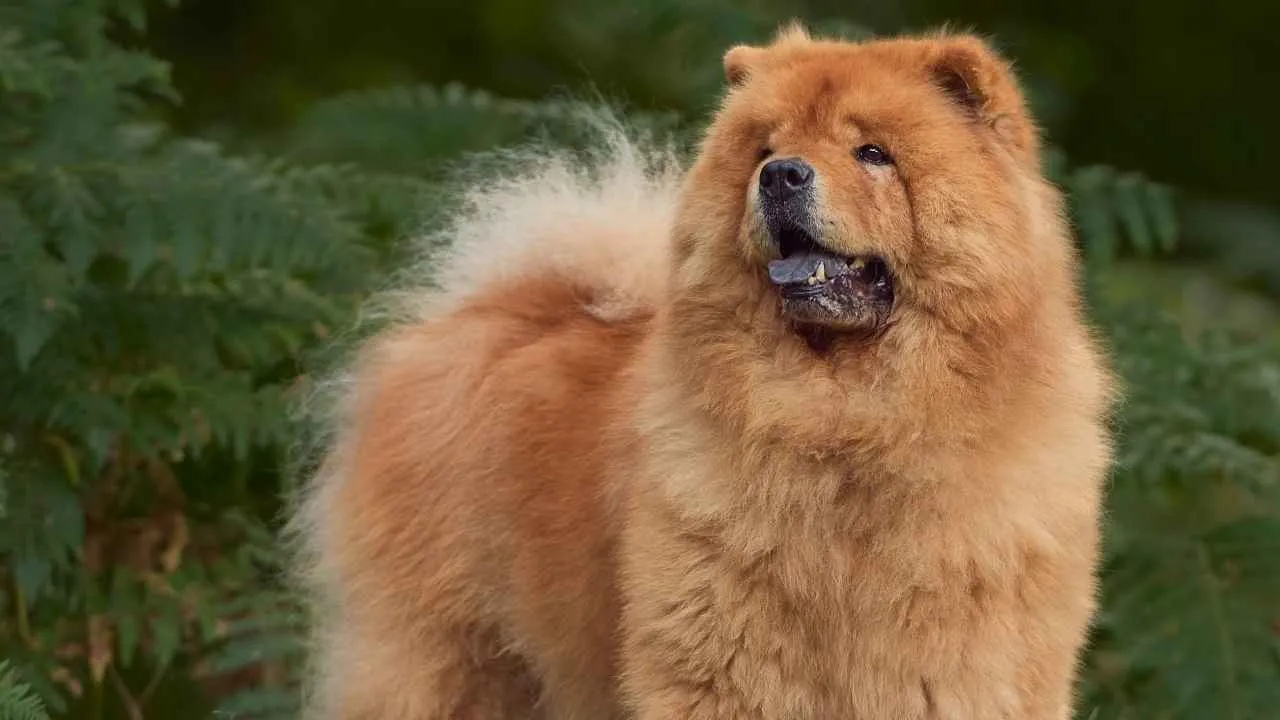
Distinguished by its lion-like mane, regal stance, and unique blue-black tongue, the Chow Chow is one of the most visually striking and ancient dog breeds still in existence. Britannica notes that the Chow Chow has a sturdy, compact build, featuring a broad head and a heavy coat that creates a thick mane around its neck.
Beneath its plush, double coat lies an independent and sometimes aloof spirit, traits that reflect its long history of self-reliance. While it may not be the most energetic or playful breed, the Chow Chow is deeply loyal to its family and can be a formidable protector when properly socialized.

History
Originating in ancient China, the Chow Chow’s lineage can be traced back to the Han Dynasty around 200 BC, though archaeological evidence suggests its roots may reach even further into the past. This versatile breed served many roles throughout Chinese history, hunting, guarding, pulling carts, and even acting as companions to nobility.
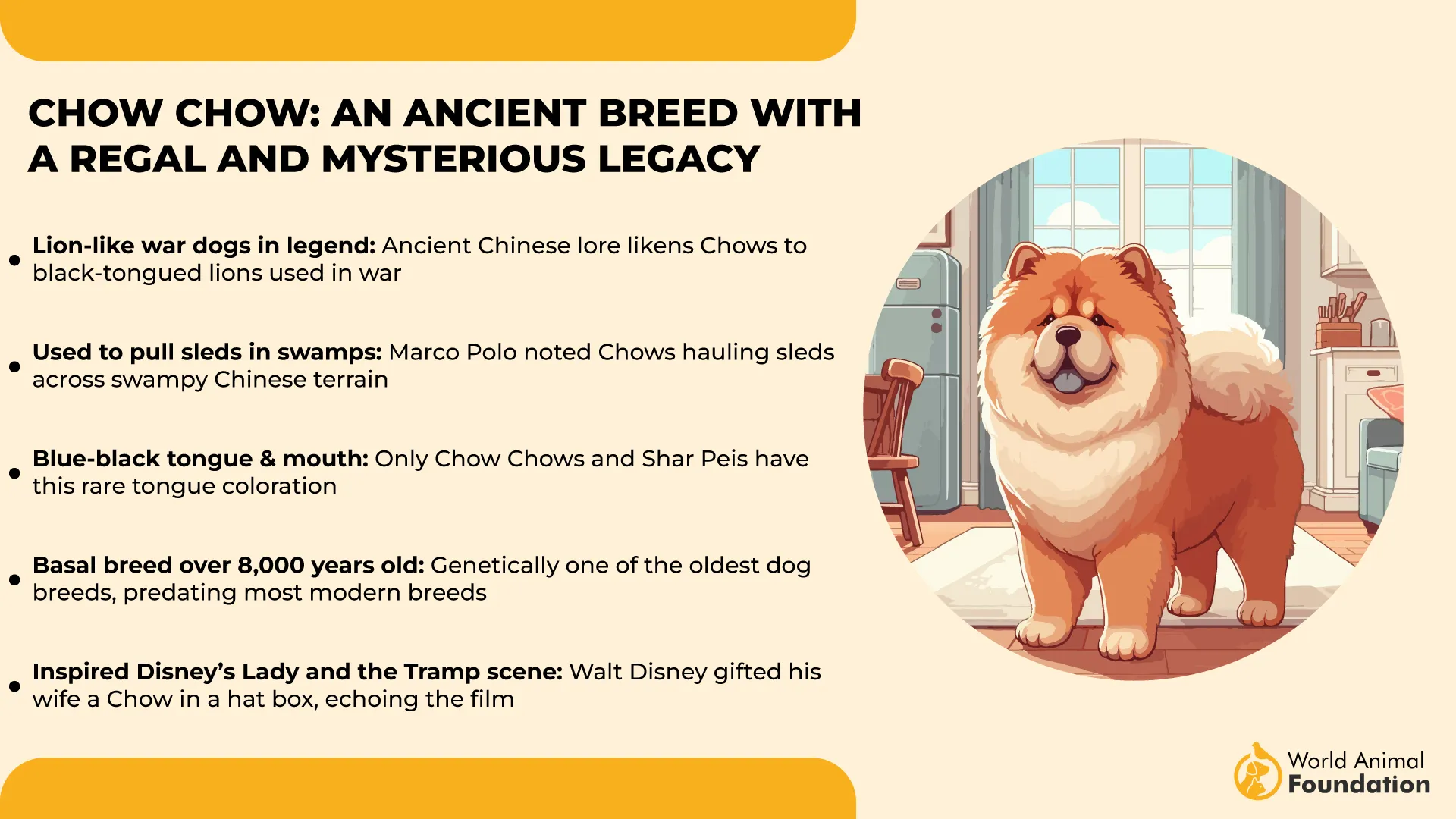
The Chow’s close genetic ties to the wolf and its stoic demeanor make it a living relic of early domestication. Its name likely stems from 19th-century pidgin English or references to Chinese preserved goods.
Fun Fact: The Chow Chow is one of the few breeds with a naturally blue-black tongue, a trait it shares with only a handful of other dogs due to high melanin pigmentation.
6. Chinese Shar-Pei
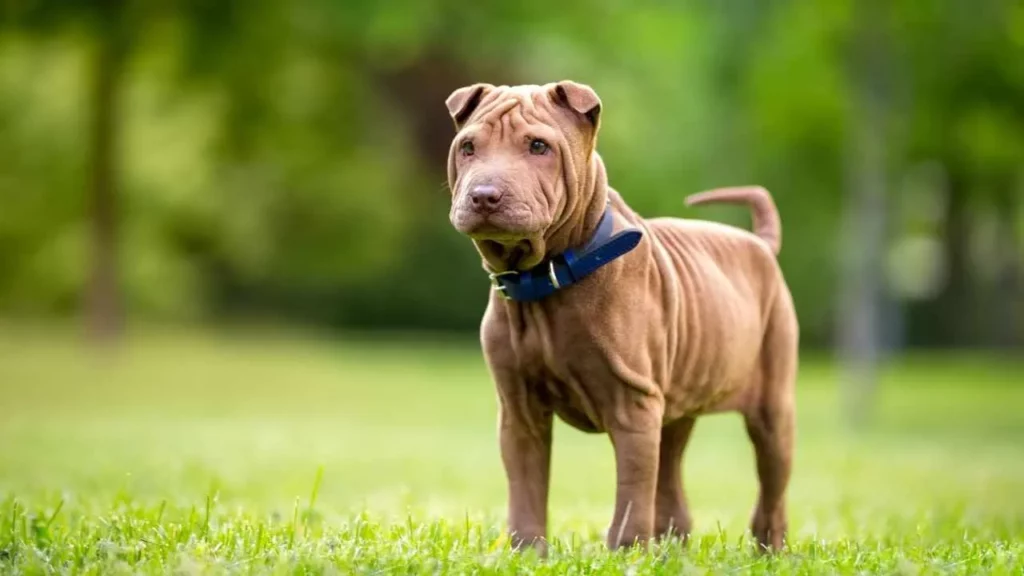
With its signature wrinkles and scowling expression, the Chinese Shar-Pei is unlike any other breed, both in appearance and origin. Known for its fierce loyalty to family and aloofness with strangers, this medium-sized, muscular dog carries an air of ancient wisdom.
Its distinct features, from the “hippopotamus” muzzle and blue-black tongue to the bristly “sand skin” coat and tightly curled tail, speak to its deeply rooted Chinese heritage. Calm, dignified, and independent, the Shar-Pei remains a quiet yet commanding presence in the home.
History
Believed to have emerged during the Han Dynasty around 200 BC, this calm breed was originally a peasant’s all-purpose dog. Farmers in southern China relied on the breed for guarding, hunting, and herding.
Despite its ancient lineage, the breed nearly vanished after the rise of Communist China, which led to widespread culling of domestic dogs. A few specimens survived in Hong Kong and Taiwan, and thanks to an international rescue appeal in 1973, the Shar-Pei was revived and later recognized by the AKC in 1992.
Fun Fact: The name “Shar-Pei” translates to “sand skin,” referring to the breed’s uniquely rough and bristly coat.
7. Xoloitzcuintli
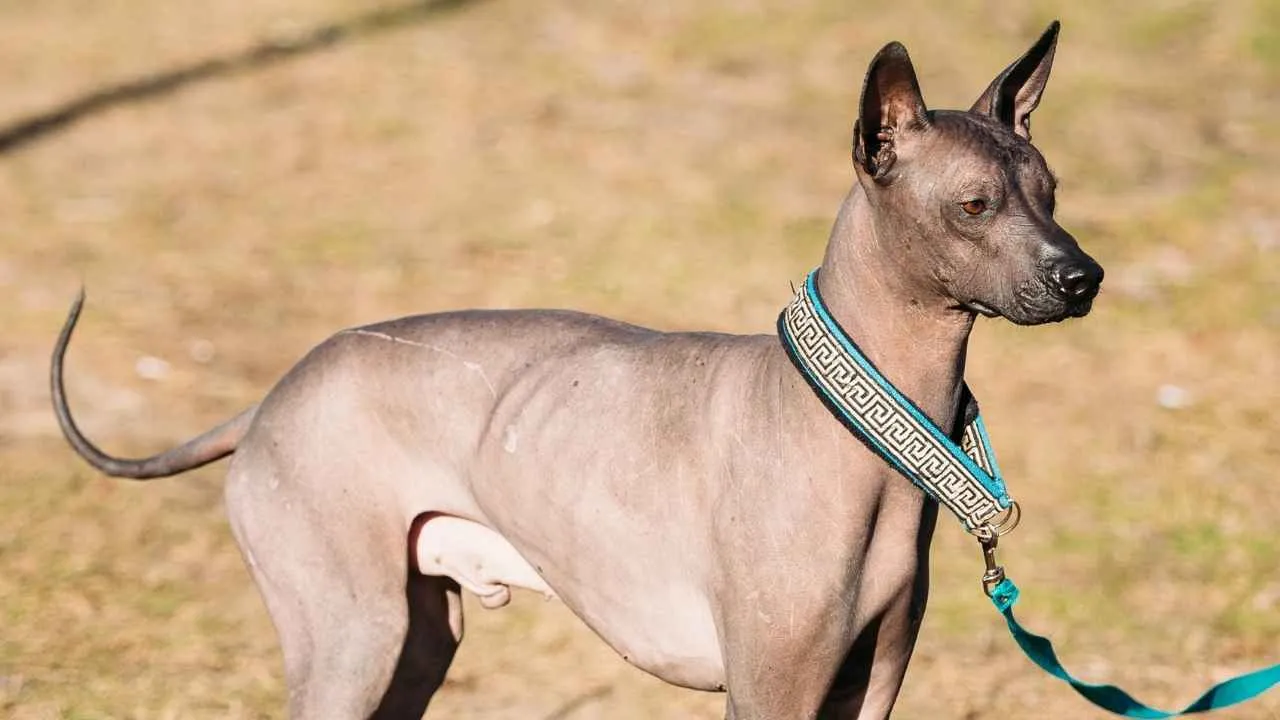
With its sleek, often hairless frame and roots steeped in myth, the Xoloitzcuintli (pronounced show-low-itz-queentli) is one of the most mystical and oldest dog breeds still in existence. Sometimes called the Xolo or Mexican Hairless Dog, this breed carries an ancient legacy in its name and presence.
Calm yet alert, Xolos are affectionate with their families and make serene companions, often content to lounge quietly but always ready for play. Despite their sometimes toothy grins and unique appearance, they’re dignified, loyal, and protective.
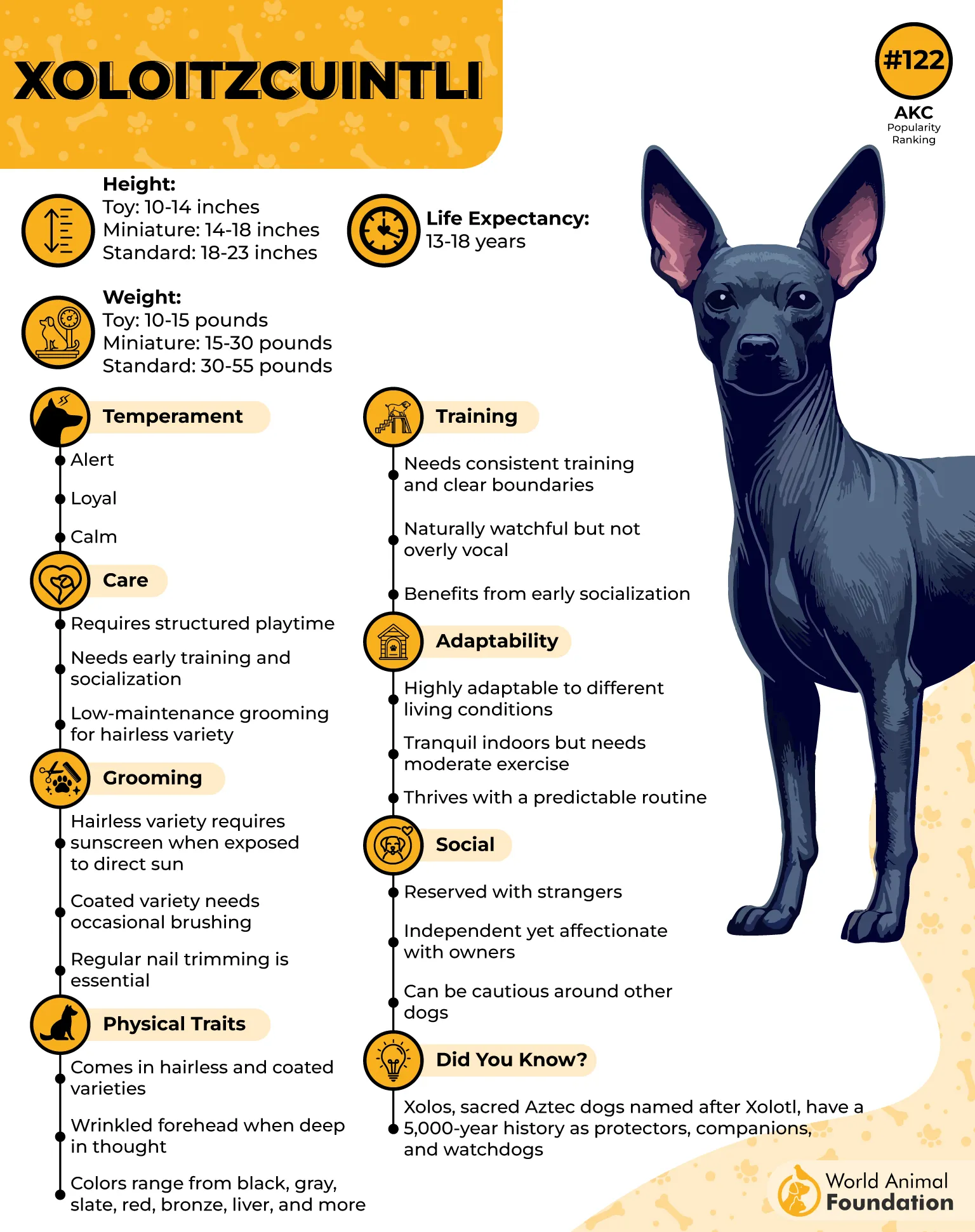
History
Originating in Mexico and Central America, the Xoloitzcuintli dates back to around 1480 BC and is closely tied to indigenous civilizations like the Aztecs and Mayans. Named after the Aztec god Xolotl, associated with lightning, death, and the underworld, Xolos were believed to guide souls safely into the afterlife.
Archaeological finds, including 2,000-year-old dog sculptures in tombs, confirm their revered status. They were even buried with their humans, believed to act as spiritual escorts beyond the grave.
Fun Fact: These affectionate dogs come in both coated and hairless varieties, and hairless ones often lack front teeth, giving them an adorably goofy smile.
Conclusion
Ancient dog breeds offer more than companionship, they connect us to cultures, civilizations, and stories that began thousands of years ago. From the dignified Saluki of the Middle East to the mystical Xoloitzcuintli of Central America, these dogs have remained remarkably consistent in form and spirit. Their presence in ancient tombs, artwork, and mythology reveals just how integral they were to human life long before the modern age.
While the American Kennel Club now recognizes these time-honored breeds, others like the Alaskan Malamute, one of the most enduring sled dogs, or the resilient Australian Cattle Dog, shaped by their environments, continue the legacy of hardworking, loyal companions. Even the mighty Tibetan Mastiff, once a guardian of Himalayan temples, stands as a testament to the enduring bond between humans and dogs. These breeds don’t just represent the past; they carry it forward, offering living proof of evolution, adaptation, and timeless devotion.


